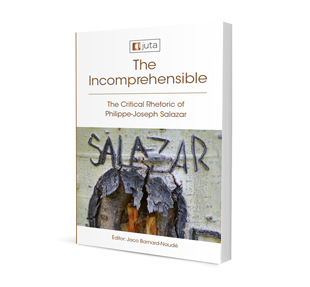Messianic hopes at the moral carnival – The [rhetorical] question of advocating for the humanities, for now

Messianic hopes at the moral carnival – The [rhetorical] question of advocating for the humanities, for now
Author Erik Doxtader
ISSN: 1996-2088
Affiliations: Professor of Rhetoric, University of South Carolina, USA
Source: Acta Juridica, 2022, p. 1 – 51
https://doi.org/10.47348/ACTA/2022/a1
Abstract
Why must the humanities be defended? What is to be said in their name? This inquiry does not seek to make a case for the humanities. It is rather concerned with what happens in contemporary advocacy that contends for the value of the humanities, the myriad arguments that take on the responsibility of speaking for the humanities and expressing the good for which the humanities are thought responsible. In all of this work, in so many efforts to argue the humanities, what remains uncomprehended, and indeed what is regularly set aside as simply incomprehensible, is the work of rhetorical-argument itself, the contingent conditions, dynamics and power of a response, the response-ability on which a comprehension of the humanities may yet depend.